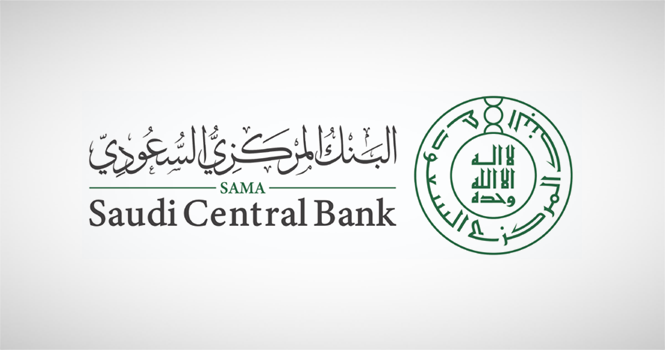
The IMF (International Monetary Fund) has noted in its recent country report issued on Saudi Arabia: 2024 Article IV Consultation-Press Release; and Staff Report, that the Saudi Central Bank is conducting a cost-benefit analysis of wholesale CBDCs (Central Bank Digital Currencies) in consultation with local banks and a team of IMF experts.
In the report which commends Saudi Arabia for improvement in various areas, the IMF discusses the exploration of Central Bank Digital Currencies by SAMA.
As per the report, “SAMA is exploring the application of a Central Bank Digital Currency (CBDC). It has joined project Aber with the UAE in 2019 to explore digital ledger technology and more recently, the cross-border CBDC project known as M-bridge.”
The report adds, SAMA has also been conducting a cost-benefit analysis of CBDCs, in consultation with local banks and a team of IMF experts. Considerations have so far focused on wholesale transactions.”
The IMF report notes that IMF staff supports SAMA’s cautious approach as it explores the complex requirements and risks to monetary and financial stability relating to the regulatory, technological, or other aspects of CBDCs.
IMF notes two thirds of countries in MENA exploring CBDCs
This is not the first time that the IMF discusses CBDC projects in KSA and in the MENA region. In June the International Monetary Fund noted that almost two-thirds of countries in the Middle East and Central Asia are exploring adopting a central bank digital currency with Bahrain, Saudi Arabia and UAE in the more advanced proof of concept stages. The countries in MENA and Central Asia are studying CBDCs as a way to promote financial inclusion and improve the efficiency of cross-border payments.
The IMF blog noted however that CBDCs require careful consideration, with each weighing their own unique set of circumstances.
Saudi Arabia is working on CBDC project mBridge
Saudi Arabia has been working on CBDC implementation project for over three years. Earlier this year, as the BIS (Bank for International Settlements) announced that it had reached a minimum viable product stage, Saleh Algrayan, AI Advisor at Bank for International Settlements and an employee of Saudi Central Bank, announced that Saudi Central Bank had now joined mBridge. Saudi Arabia’s Central Bank becomes the second Arab central bank to join after the UAE Central Bank.
In 2023, at WEF, and during the World Economic Forum’s session Financial Institutions innovating under pressure’ The Saudi Minister of Finance Mohammed al-Jadaan stated that while CBDCs have privacy issues they are a fantastic tool in developing countries










